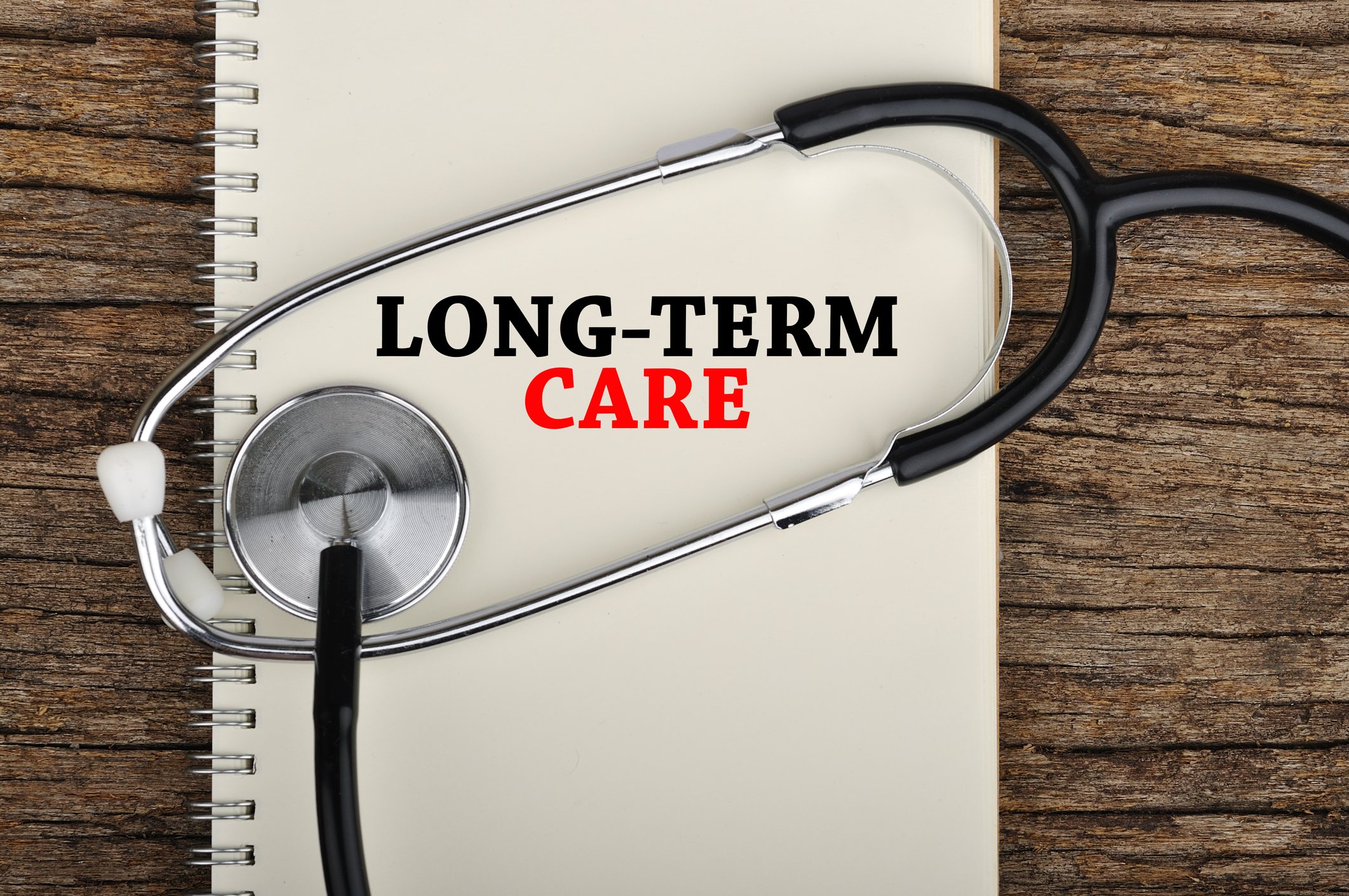It’s time to move from your forever home. Everyday tasks like washing or prepping meals aren’t as easy as before.
Moving around takes longer, and your health isn’t what it used to be. It’s not an easy decision.
But senior living is now an option to consider.
Do Your Research
Moving anywhere is a big step. And changing how you live and whom you live with is an even larger leap.
So it’s essential to assess what you want and need. And then do your homework to find a new home that matches.
There are many types of senior living.
Some offer you a new community to live in and new friends to meet. Others offer support and medical services. The level of care varies according to your needs and wants.
Here are some questions to consider:
- Do you need help with everyday activities like making meals and bathing?
- Do you want to live in a home that’s “maintenance free” (i.e. no vacuuming or cleaning)
- Do you want to meet new friends and be part of a community?
- Do you need more medical and wellness care on a regular basis?
There are many options to consider researching senior living. Here are three:
- Independent Living: You live in a community with others your age but live on your own. Meals and transportation are typically provided and there are activities to join and meet others through.
- Assisted Living: You have access to 24-hour-care and live semi-independently.
- Nursing Home: You get round-the-clock care from medical staff and help with everyday activities.
Visit
Once you know what kind of home you’re looking for, it’s time to narrow down your choices and learn more.
Read about prospective communities. Visit them. Talk to staff and residents. Eat the food!
Get an idea of the atmosphere and if you may feel comfortable there.
Enlist Help
Make sure you have all your documents in order and that they’re up to date. Also, make sure they’re accessible. You or your loved ones may need them should your health change and big decisions await. For example, you may want to grant your son or daughter power of attorney (POA) to make important choices on your behalf. So make sure to file and put those financial, legal, and healthcare documents in a safe place.
Decide if you want to continue to pay your bills, file taxes on your own, continue banking and more. If financial and business matters are becoming more difficult to comprehend, a POA will allow your designated representative to take on your personal affairs. It’s also a good idea to add your POA to your bank information so they can pay for your senior living care and any other bills that might arise.
Downsize
Before the move, it’s important to clean out your closets and garage of non-essentials. Cut the clutter and throw out the fluff.
It’s time to pack lightly and only bring the most important things with you. Sell off what you don’t need. Give it away!
And don’t forget to double-check with the staff at your new home to see what they provide.
Get Comfortable
Once you do move in, make yourself at home. Literally. Put up photos of your family. Adorn the walls with a favorite quote or picture.
Your new home is your new HOME. Let’s make it somewhere you’re comfortable and can find rest.
And once you’re settled in, participate in activities. Can’t find the yoga class you like? Let the administrators know. Better yet, spearhead the effort to get it started.
Meet your neighbors and new companions.
Stay in Touch
Just because you’ve changed homes doesn’t mean you cut off your friends and family. Invite them over for a meal. Better yet, ask if they can pick you up on the way to your favorite restaurant.
Stay in touch with those who matter to you.
It Takes Time
Adjusting to life in a new home and new surroundings will take time. Realize the transition won’t happen overnight.
Next Steps
Ready to start looking for a new home? A good place to start is the government website on long-term care. It’ll provide resources on the types of care available and how to find them.


